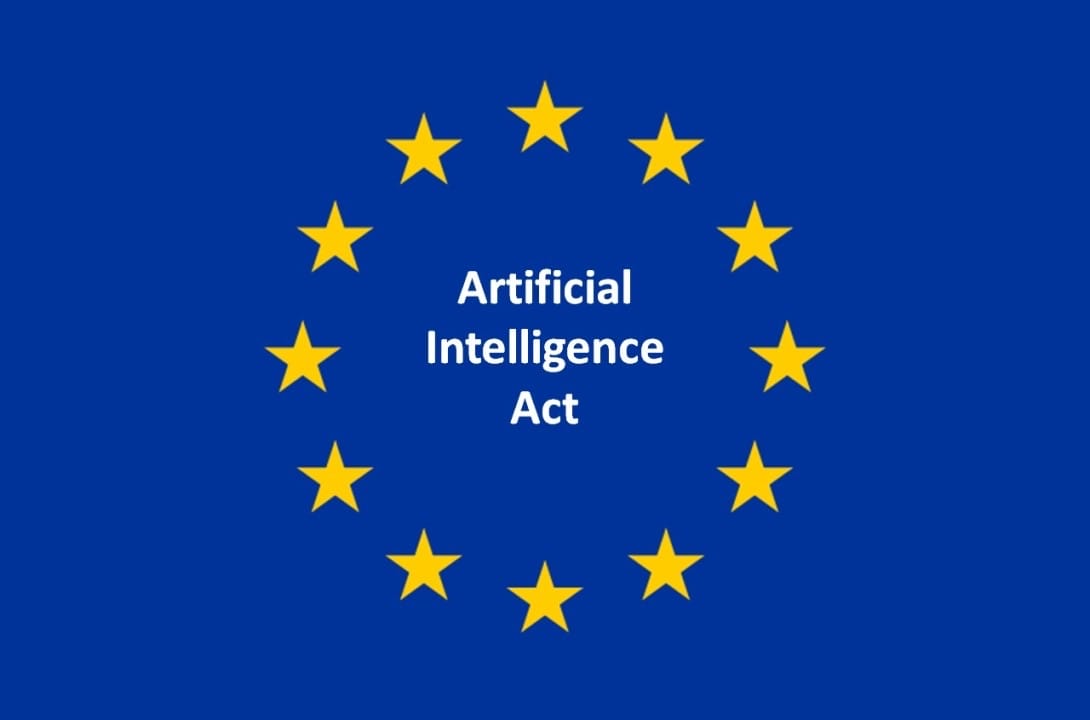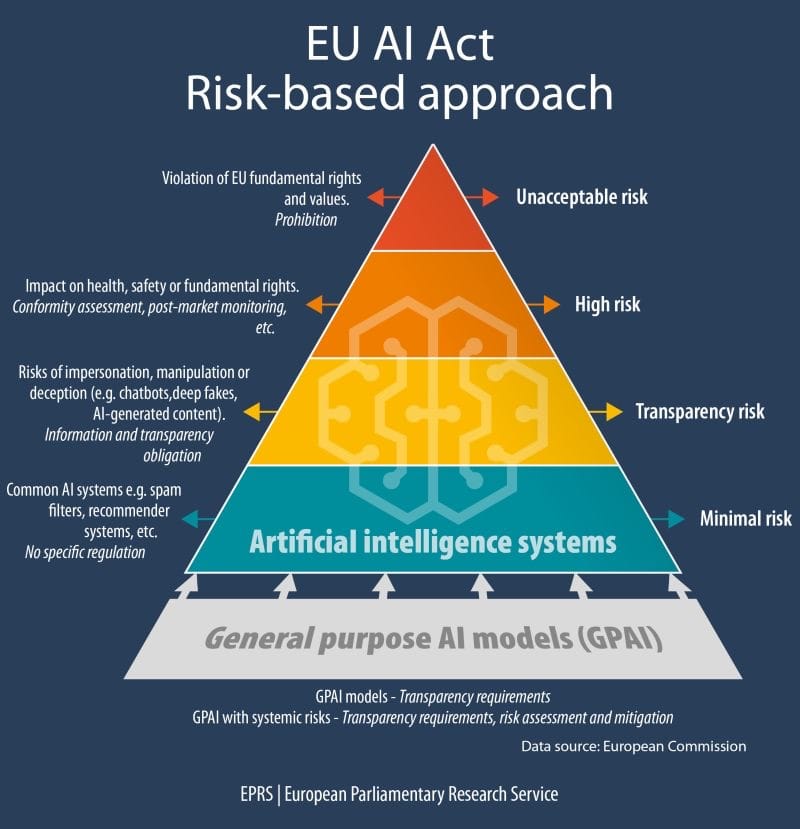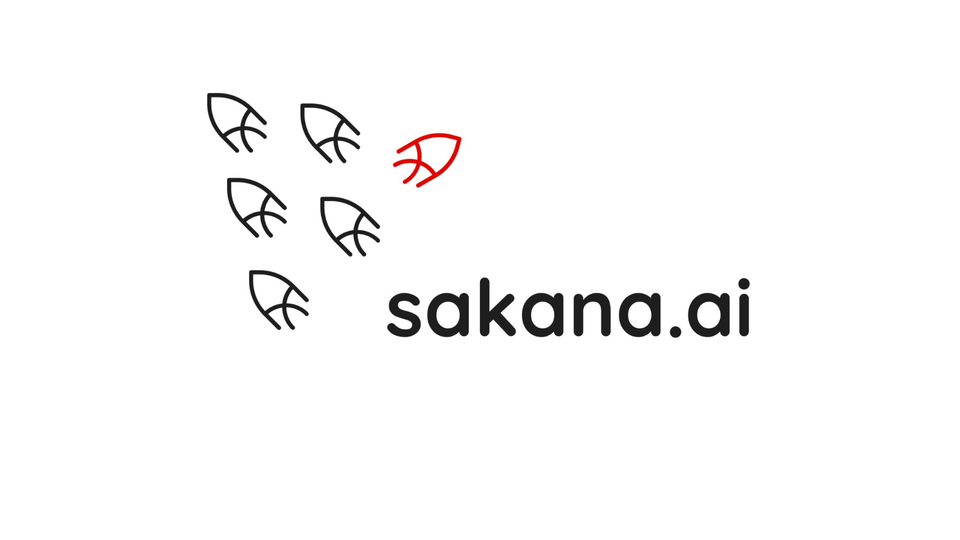Europe's Strategic Path to AI Sovereignty: Balancing Innovation and Ethical Governance
The EU aims for AI sovereignty by regulating AI through the AI Act, fostering innovation, and reducing dependence on U.S. and Chinese technologies

As global superpowers vie for dominance in artificial intelligence, Europe is charting a middle course between Silicon Valley's disruptive innovation and China's state-directed model. The continent's strategy combines robust regulatory frameworks with unprecedented investments in homegrown infrastructure - a dual approach that could redefine global tech leadership.
Regulatory Foundations: The AI Act as Global Benchmark
The EU's landmark AI Act, operational since August 2024, establishes the world's first risk-based classification system for AI applications. This framework prohibits unacceptable risks like social scoring while imposing strict transparency requirements on high-risk systems in healthcare and critical infrastructure. Unlike the U.S.'s sectoral approach, Europe's horizontal regulation creates uniform standards across industries, giving developers clear parameters for compliance.
Crucially, the phased implementation through 2027 allows gradual adaptation. The Commission's upcoming AI Act Service Desk (July 2025) will provide SMEs with compliance tools, addressing concerns about regulatory complexity. "This isn't about stifling innovation, but anchoring it in European values," notes Professor Adonis Bogris, highlighting the law's dual focus on safety and competitiveness.

Building the AI Continent: €200 Billion Infrastructure Push
April 2025's AI Continent Action Plan represents Europe's most ambitious tech investment to date. The strategy's centerpiece - 13 specialized AI Factries across 17 nations - combines supercomputing power with sector-specific data lakes. Finland's LUMI facility focuses on manufacturing and health tech, while Spain's Mare Nostrum 5 cluster drives climate and energy innovations. These hubs will triple Europe's AI compute capacity by 2027 through nine new supercomputers and upgraded existing infrastructure.
Complementing this hardware push, the Data Union Strategy (late 2025) aims to federate Europe's fragmented data resources. New Data Labs will standardize information from 320 million public sector datasets, while the Alliance for Language Technologies pools multilingual data from 17 nations - a potential €360 billion boost to intra-EU trade.
Sovereignty Through Silicon: The DARE Chiplet Revolution
March 2025's DARE project launch marks Europe's bid to break its semiconductor dependence. This pan-European consortium of 38 partners develops RISC-V-based chiplets - modular processors optimized for AI workloads. The three core components:
- Vector Accelerators for precision computing
- AI Processing Units for inference tasks
- General-Purpose Processors for HPC integration
By leveraging open-source architectures and advanced packaging techniques, DARE aims to deliver Europe's first fully sovereign supercomputing stack by 2028. Jülich Supercomputing Centre's involvement ensures tight integration with existing Exascale systems, creating a seamless transition path for research institutions.

From Labs to Market: Accelerating AI Adoption
The Apply AI Strategy (2025-2027) targets strategic sectors where Europe holds competitive advantages. €700 million in GenAI4EU funding already propels innovations in aerospace, agri-tech, and pharma. Public sector adoption gets a boost through four generative AI pilots enhancing citizen services, with an April 2025 info day guiding implementation.
Simultaneously, the AI Skills Academy addresses Europe's talent gap, aiming to certify 1 million specialists by 2027. This workforce development aligns with the Digital Europe Programme's €1.3 billion investment in critical technologies, ensuring homegrown capability across the AI value chain.
The Sovereignty Dividend: Regulation as Competitive Edge
Contrary to early skepticism, Europe's privacy-first approach is proving commercially viable. Deutsche Telekom's GDPR-compliant AI assistants achieve 92% customer satisfaction, while SAP's encrypted enterprise tools gain market share against U.S. rivals. A 2025 Handelsblatt study reveals 68% of German firms prefer EU-certified AI vendors despite 15-20% cost premiums.
This trust capital becomes crucial as geopolitical tensions escalate. With U.S. cloud providers facing new data localization rules and Chinese hardware under heightened scrutiny, Europe's sovereign infrastructure offers multinationals a stable alternative. The AI Act's global influence already mirrors GDPR's reach, with 14 nations adopting similar frameworks since 2024.
Navigating the New Digital Landscape
Europe's dual strategy faces critical tests in coming years. The 2027 target for full AI Act implementation coincides with planned Gigafactory expansions, creating a tight timeline for scaling compliant systems. Success hinges on balancing innovation speed with democratic oversight - a challenge highlighted by Meta's controversial AI monitoring plans.
Yet early indicators suggest the continent's unique approach is gaining traction. As Brussels finalizes the InvestAI Facility to mobilize private capital, and the first DARE prototypes enter testing, Europe appears poised to transition from regulatory trendsetter to full-spectrum AI power. The coming years will determine whether this third path can deliver both technological leadership and democratic accountability in the algorithm age.




